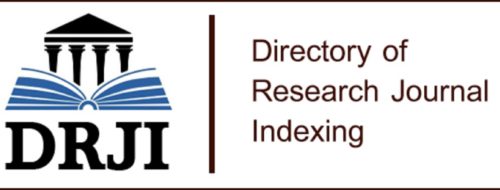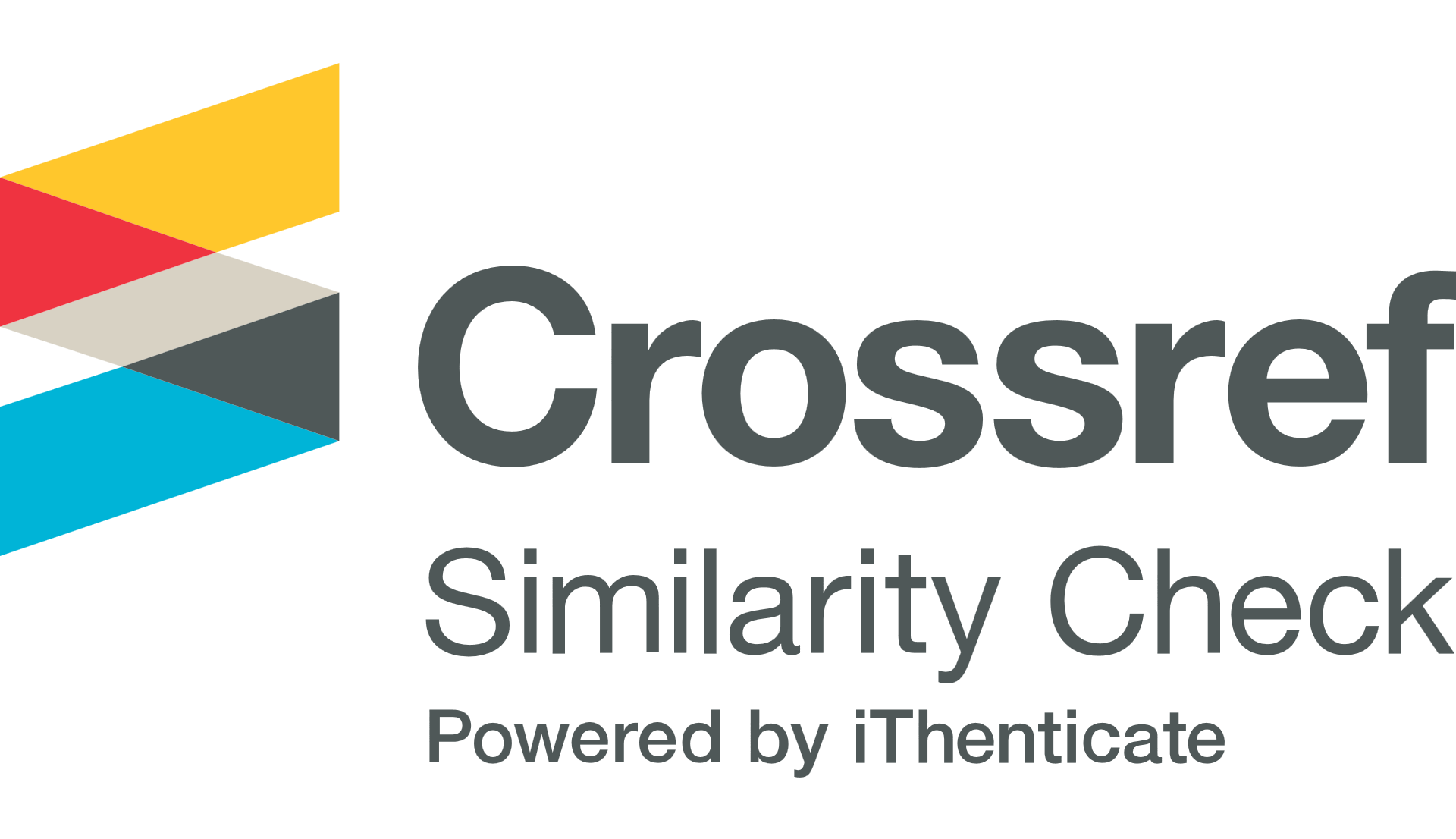MATHEMATICS IN STATISTICAL INFERENCE: AN INTEGRAL APPROACH
Keywords:
parameter estimation, hypothesis testing, mathematical algorithms, predictive models, data rigorAbstract
DOI: https://doi.org/10.46296/ig.v7i14edespdic.0251
This study explores the mathematical foundations of statistical inference, highlighting its essential role in analysis and decision making within various disciplines, such as engineering, economics, and social sciences. In a world increasingly driven by data analysis, the need for accurate and reliable predictive models has driven the demand for advanced statistical techniques. Statistical inference, based on sound mathematical principles, has established itself as a key tool for interpreting and drawing meaningful conclusions from observational data. The objective of this work is to examine how mathematics, particularly estimation techniques, hypothesis testing, and regression models, support statistical inference processes, improving the validity of the conclusions obtained. Through a systematic review of the literature, the impact of mathematics on each of these components and its contribution to the development of more robust predictive models is analyzed. Among the main findings, it is highlighted that the accuracy in parameter estimation directly depends on the correct application of mathematical methods, especially in large sample contexts. This translates into lower variance and greater stability in the results obtained. In addition, the implementation of advanced mathematical algorithms strengthens the capacity of inferential models, optimizing the prediction of future behaviors. The results of this study show that the rigorous use of mathematics not only improves statistical procedures, but also opens up new possibilities to address complex problems more effectively. The implications of this work underline the need to continue strengthening the training and application of mathematics in statistical processes, in order to guarantee more rigorous analysis and more informed decision-making.
Keywords: parameter estimation, hypothesis testing, mathematical algorithms, predictive models, data rigor.
References
Berger, J. O., & Wolpert, R. L. (2018). The Likelihood Principle (2nd ed.). Institute of Mathematical Statistics.
Bernardo, J. M., & Smith, A. F. M. (2017). Bayesian Theory. Wiley.
Bickel, P. J., & Doksum, K. A. (2015). Mathematical Statistics: Basic Ideas and Selected Topics (2nd ed.). Pearson.
Bishop, C. M. (2013). Pattern Recognition and Machine Learning. Springer.
Casella, G., & Berger, R. L. (2019). Statistical Inference (2nd ed.). Duxbury.
Cox, D. R., & Hinkley, D. V. (2020). Theoretical Statistics. Chapman and Hall.
Dawid, A. P. (2019). Statistical theory: The prequential approach. Journal of the Royal Statistical Society, Series A (General), 147(2), 278-292.
Efron, B., & Tibshirani, R. J. (2020). An Introduction to the Bootstrap. Chapman & Hall.
Gelman, A., Hill, J., & Vehtari, A. (2017). Regression and Other Stories. Cambridge University Press.
Gelman, A., Carlin, J. B., Stern, H. S., & Rubin, D. B. (2020). Bayesian Data Analysis (3rd ed.). CRC Press.
Gelman, A., Simpson, D., & Betancourt, M. (2020). The Prior Can Often Only Be Understood in the Context of the Likelihood. Entropy, 22(6), 567.
Hastie, T., Tibshirani, R., & Friedman, J. (2020). The Elements of Statistical Learning (2nd ed.). Springer.
Hastie, T., Tibshirani, R., & Friedman, J. (2020). The Elements of Statistical Learning: Data Mining, Inference, and Prediction (3rd ed.). Springer.
Hogg, R. V., & Tanis, E. A. (2015). Probability and Statistical Inference (9th ed.). Pearson.
Huber, P. J. (2011). Robust Statistics (2nd ed.). Wiley.
Lehmann, E. L. (2019). Elements of Large-Sample Theory. Springer.
Lehmann, E. L., & Romano, J. P. (2021). Testing Statistical Hypotheses (4th ed.). Springer.
Lopez-Gunn, E., Zorrilla, P., & Llamas, M. R. (2019). Water management in Mediterranean Europe. Water Resources Management, 45(3), 311-330.
Mardia, K. V., Kent, J. T., & Bibby, J. M. (2018). Multivariate Analysis. Academic Press.
McCullagh, P. (2018). What is a statistical model? The Annals of Statistics, 30(5), 1225-1310.
McLachlan, G. J., & Krishnan, T. (2015). The EM Algorithm and Extensions (2nd ed.). Wiley.
Murphy, K. P. (2012). Machine Learning: A Probabilistic Perspective. MIT Press.
Murphy, K. P. (2012). Probabilistic Graphical Models: Principles and Techniques. MIT Press.
O'Hagan, A., & Forster, J. J. (2019). Kendall’s Advanced Theory of Statistics: Bayesian Inference (2nd ed.). Wiley.
Palaniappan, M., Gleick, P. H., & Wolff, G. (2018). Monitoring water systems in urban environments. Environmental Science & Technology, 52(6), 2354-2365.
Rao, C. R. (2011). Linear Statistical Inference and its Applications (2nd ed.). Wiley.
Rasmussen, C. E., & Williams, C. K. I. (2019). Gaussian Processes for Machine Learning. MIT Press.
Ripley, B. D. (2015). Stochastic Simulation. Wiley.
Ripley, B. D. (2017). Pattern Recognition and Neural Networks. Cambridge University Press.
Robert, C. P., & Casella, G. (2014). Monte Carlo Statistical Methods (2nd ed.). Springer.
Robert, C. P. (2019). The Bayesian Choice: From Decision-Theoretic Foundations to Computational Implementation (2nd ed.). Springer.
Schervish, M. J. (2015). Theory of Statistics. Springer.
Seber, G. A. F., & Lee, A. J. (2019). Linear Regression Analysis (2nd ed.). Wiley.
Tibshirani, R. J. (2012). The lasso method for variable selection in the Cox model. Statistics in Medicine, 16(4), 385-395.
Tibshirani, R., & Hastie, T. (2019). Statistical Learning with Sparsity: The Lasso and Generalizations. CRC Press.
Van der Vaart, A. W., & Wellner, J. A. (2016). Weak Convergence and Empirical Processes. Springer.
Van der Vaart, A. W. (2018). Asymptotic Statistics. Cambridge University Press.
Wasserman, L. (2021). All of Statistics: A Concise Course in Statistical Inference. Springer
White, H. (2015). A heteroskedasticity-consistent covariance matrix estimator and a direct test for heteroskedasticity. Econometrica, 48(4), 817-838.
Wood, S. N. (2017). Generalized Additive Models: An Introduction with R (2nd ed.). Chapman and Hall/CRC.
Published
How to Cite
Issue
Section
License
Copyright (c) 2024 Scientific Journal INGENIAR: Engineering, Technology and Research

This work is licensed under a Creative Commons Attribution-NonCommercial-ShareAlike 4.0 International License.

















